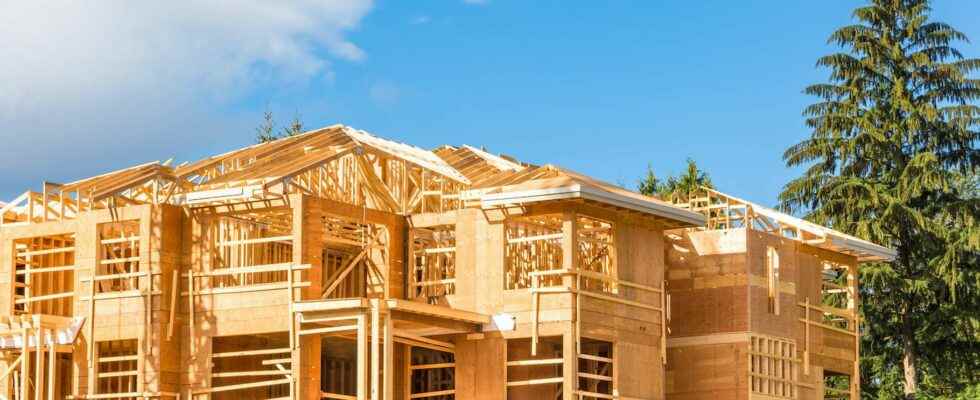No less than a quarter of our carbon dioxide emissions (CO2) are linked… to the production of materials of all kinds. Researchers are now convinced of this, with the development of low-carbon energy sources and the improvement of energy efficiency, the optimization of materials constitutes the third pillar of the decarbonization of our society. In the automotive and residential sectors, in particular, there is a lot to gain.
You will also be interested
[EN VIDÉO] Greenhouse gases: a new record in 2020 and after? According to the World Meteorological Organization (WMO), in 2020 the levels of greenhouse gases in our atmosphere reached a new record high. The annual rate of increase was higher than the average for the period 2011-2020. And the trend looks set to continue into 2021, continuing to fuel global warming that is causing more and more extreme weather events and other serious consequences for life on our Earth. To avoid the worst, we must now set carbon neutrality objectives. And hold them! © WMO
Our cars and homes are important carbon dioxide emitters (CO2) and not only when you drive them or when you heat them. The production of the materials used to make them is actually responsible for no less than a quarter of all emissions of greenhouse gas (GHG) in the world. A study carried out at the Norwegian University of Science and Technology shows today how emissions from this sector could be reduced by one to two thirds by 2050.
The researchers first recall that manufactured products are responsible for 40% of CO emissions2 related to materials. A large share is attributable to the manufacture of passenger cars. To limit these emissions, the researchers propose three strategies. Carpooling and car sharing, first. The first, to limit not only the overall number of kilometers traveled by individual cars, but also to reduce the number of vehicles in circulation. And possibly, the number of cars made. This is also the essential objective of the second: car sharing which, let us remember, consists of pooling a fleet of vehicles.
Third lever sector side of theautomotive : reduce the size — and therefore the weight — of cars. To limit the amount of materials needed to manufacture them. This proposal joins the first of those made for the construction. It too is responsible for no less than 40% of CO emissions2 related to materials. And the residential sector is a major consumer, both ofenergy and materials. Thus, the researchers suggest reducing the floor area per inhabitant by up to 20% compared to the reference. What limit the use of building materials, but also the energy needed to heat the house. Or refresh it.
Gains without having to wait for new technologies
The researchers also recommend the use of wood rather than concrete. Because the use of wood not only emits less CO2 than the manufacture of concrete but in addition, wood carbon sequestration. Combined with the reduction in surface area per inhabitant, the demand for wood should not even increase.
Finally, widely adopting these measures would, by 2050, reduce the demand for steel primary to one sixth of what it is today. The demand in cement to a quarter and that in copper to a half.
On the other hand, increased recycling, reuse of parts, lengthening of durations life of products, higher production yields or the use of lighter materials seem to offer only modest savings in CO2 emissions2. Because the recycling of metals is already well established and that extending recycling to other materials would be of less benefit. Adding life to products would only be worthwhile if it is a question of housing or cars that are already virtuous.
But what is certain is that all these tracks can be explored now. Without the need to use any innovative or developing technology. The gains — estimated at 20 to 50 billion tonnes of CO equivalent2 (GtCO2e) for the residential sector and at 13 to 26 GtCO2e for the automotive sector — could be almost immediate.
Interested in what you just read?
